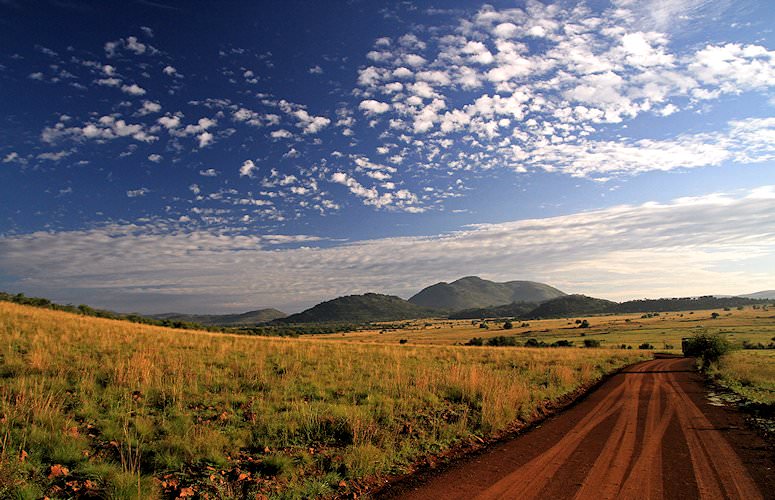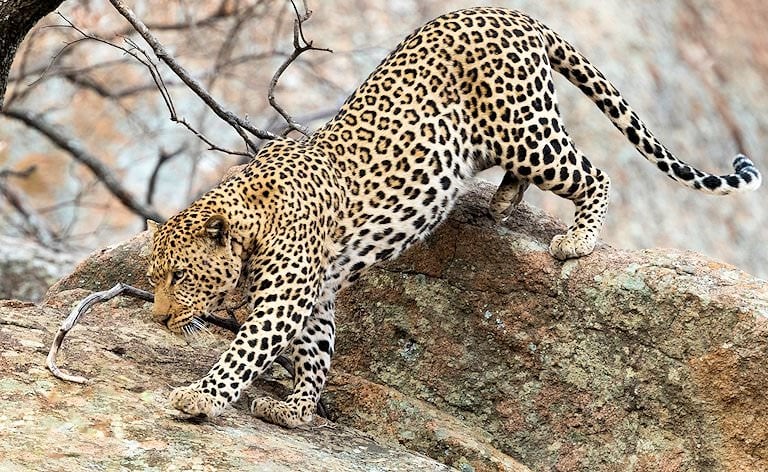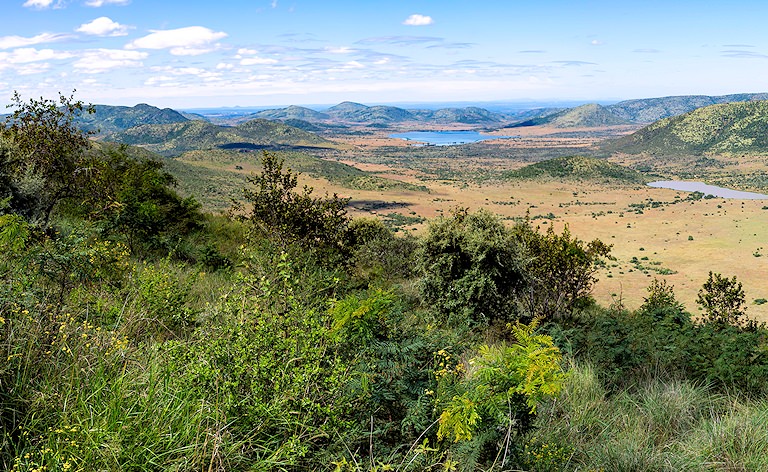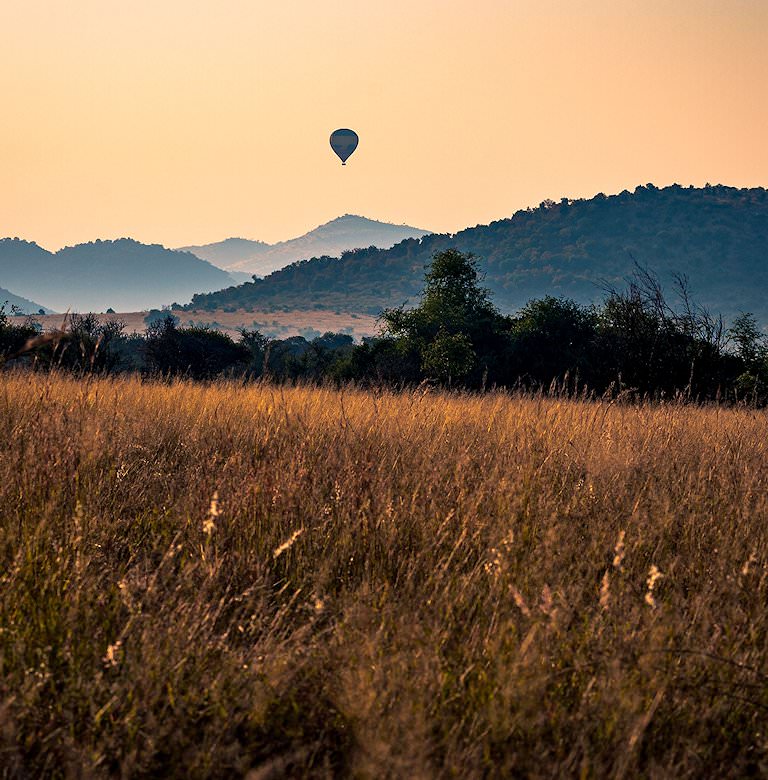4 Day Pilanesberg Family Safari
Help Me PlanFV01
Included
Guides:
- Resident Rangers: From Day 1–4
Vehicles:
- Open 4x4 Vehicle: From Day 1–4
Accommodation:
- 3 Nights Black Rhino Game Lodge
Meals:
- Only Meals Specified
Flights:
- None
Transfers:
- Johannesburg Airport to Black Rhino Game Lodge
- Black Rhino Game Lodge to Johannesburg Airport
Activities & Entrance:
- All Activities Included in the Itinerary, Unless Stated as Optional
- All Entrance Fees to Places Mentioned in the Itinerary, Unless Stated as Optional
Additional Inclusions:
- Tourism Levy
- All Applicable Taxes
- Park fees, where applicable
Excluded
Excluded:
- International Airfare (To and From South Africa)
- Personal and Medical Insurance
- Drinks
- Gratuities














